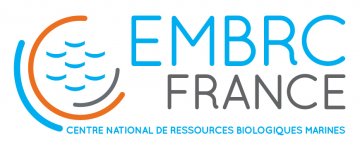Regeneration in Ascidian Ciona: Understanding Loss of Brain Regeneration in Vertebrates
Most vertebrates, including humans, lack the ability to replace injured body parts, such as limbs and the brain.
William R. Jeffery
Most vertebrates, including humans, lack the ability to replace injured body parts, such as limbs and the brain. In contrast, tunicates, the closest living vertebrate relatives, have powerful regenerative capacities, and are even capable of replacing their entire brain. This lecture will describe the ascidian tunicate, Ciona intestinalis, which is successfully farmed at Station Biologique de Roscoff, as a research model for understanding the evolutionary loss of regenerative capacity in vertebrates. This will include discovery of the stem cell niche responsible for regeneration, the mechanisms used by progenitor cells to target the sites of tissue replacement, the cascade of events involved in complete brain regeneration, and current EMBRC France supported studies to identify the regulatory genes involved in stem cell activation and brain regeneration in Ciona intestinalis. I will conclude with a hypothesis to explain the loss of complete brain regeneration during vertebrate evolution.







